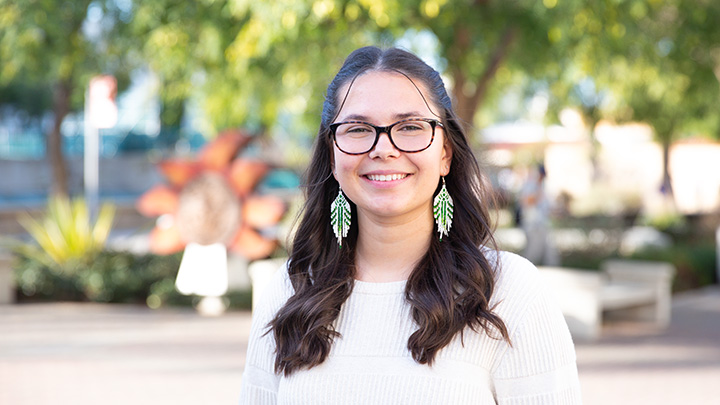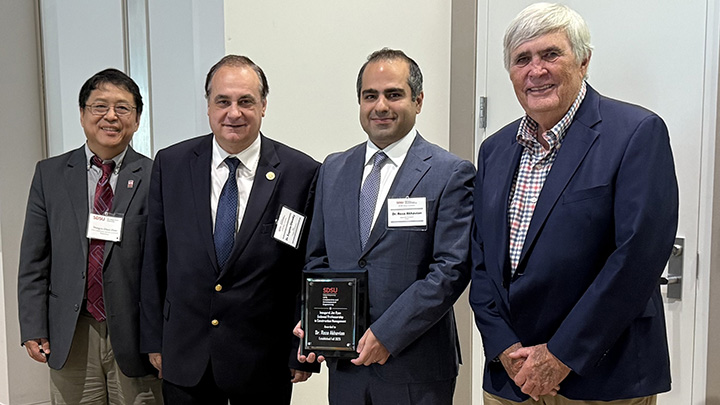Laying the groundwork for Lithium Valley’s future
An award from the U.S. Economic Development Administration will support the development of the lithium economy in Imperial County and its workforce.
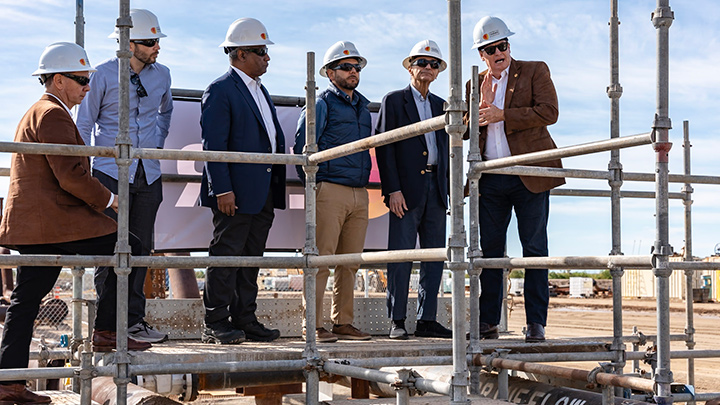
Lithium Valley, so named for vast deposits of the metal in brines far below the Salton Sea basin, holds enough of the rare earth element to power more than 375 million electric vehicle batteries, according to a U.S. Department of Energy report. The reserve has the potential to significantly boost domestic supplies while also creating much-needed jobs for Imperial County residents.
But first, infrastructure for extracting lithium must be put in place. And workers will need training, housing, transportation, childcare, and health care services in this primarily agricultural region.
To address these needs, a partnership between San Diego State University, Imperial County and University of California, Riverside has received a $500,000 Tech Hubs Strategy Development Grant from the U.S. Economic Development Administration (EDA) that will support the development of Lithium Valley’s industrial infrastructure and workforce development. In addition, the EDA has named the Lithium Valley Recompete Plan a finalist in the Distressed Area Recompete Pilot Program. The plan is designed to train workers for the lithium economy and to support the array of workforce services surrounding it.
“The award and finalist selection from EDA will help lay the foundation of opportunity and investment into the region and bring in very critical dollars to help us develop a workforce for this clean energy economy in a county that is becoming the center of the electrification revolution here in Southern California,” said John McMillan, assistant vice president for economic development in the Division of Research and Innovation at SDSU.
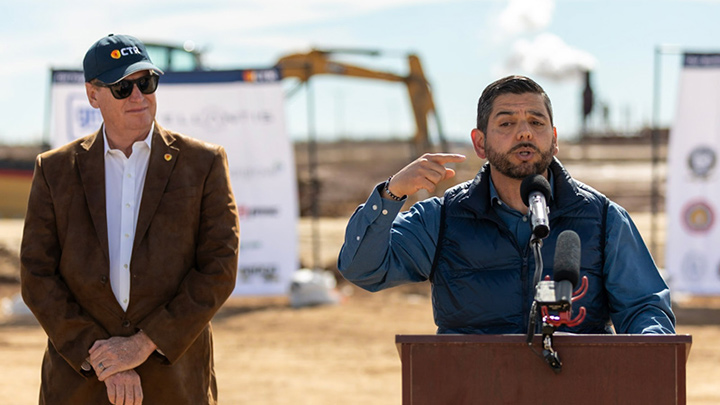
Building a battery ecosystem
The Lithium Valley Clean Tech Strategy Development Consortium — made up of the University of California, Riverside, Imperial County and SDSU — will oversee the 18-month, $500,000 Tech Hubs grant planning phase to develop a sustainable and inclusive regional framework for lithium extraction and commercialization that prioritizes local coordination.
“I’m thrilled our local consortium received the Tech Hub Strategy Development Grant and I’m excited to get to work with incredible partners on this enormous opportunity for our local communities, state, and nation,” U.S. Rep. Raul Ruiz for California's 25th District, which includes Imperial County, told the EDA.
After the planning phase, the consortium can apply for an additional $50 million to implement the tech hub plan.
“We are very excited by this tech hub opportunity,” said McMillan. “It is very much focused on growing the region from a business perspective — with industry partners — around a unique regional asset and technologies that will be globally competitive within the next five years.”
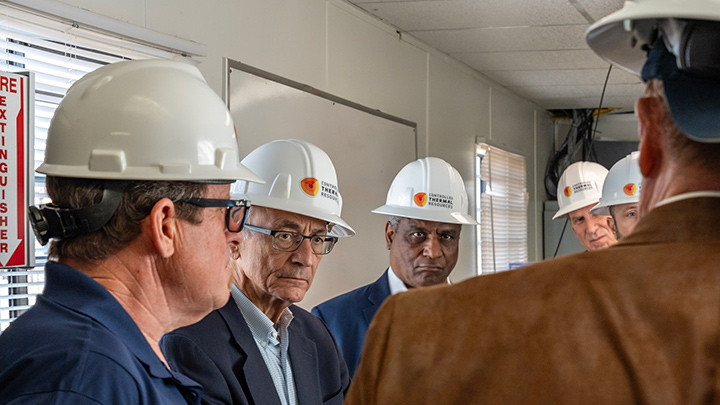
Supporting the workforce
While the tech hub planning grant focuses on the technological and industry side of lithium extraction, the Lithium Valley Recompete Plan centers on the human element: supporting the workforce. The initiative, led by the San Diego Regional Policy and Innovation Center, SDSU and Imperial County. was among 22 finalists out of 565 applicants to the EDA program, which targets regions where prime age employment rate falls well below the national average. In April, the Recompete team can apply for up to $50 million in competitive funds to implement the initiative.
McMillan said Recompete will help unemployed adults return to the workforce. It aims to retrain workers with the skills they need to transition to jobs in Imperial County’s lithium economy, from apprenticeships and certificates, to associate degrees and four-year degrees.
There are plans for a small business incubator and a vocational training campus in partnership with labor organizations in Imperial County. In addition, SDSU Imperial Valley is building a $80 million STEM education facility, which broke ground on February 9 at the Brawley campus.
READ: SDSU breaks ground on sciences and engineering laboratories in Brawley
“If we want to see Lithium Valley be successful, we need to be training people for these jobs now and placing people in these jobs now so that as the industry grows, there's the support network around it,” said McMillan.
To remove barriers to employment, the initiative builds housing for workers and their families, which in turn, requires carpenters, plumbers and electricians. It includes improving Imperial Valley’s transportation services so people can get to work, expanding child care capacity, enhancing social services, and addressing the Valley’s health care and behavioral health needs.
“We're hoping to pair the recompete with the tech hub to get Imperial Valley residents back into the labor market with good quality jobs so we can help build the foundational economy that will allow Lithium Valley to be successful,” said McMillan.
SDSU has launched a webpage detailing how the university is meeting the higher education and workforce needs of the growing region, including those of Imperial Valley’s transformational Lithium Valley initiative.

